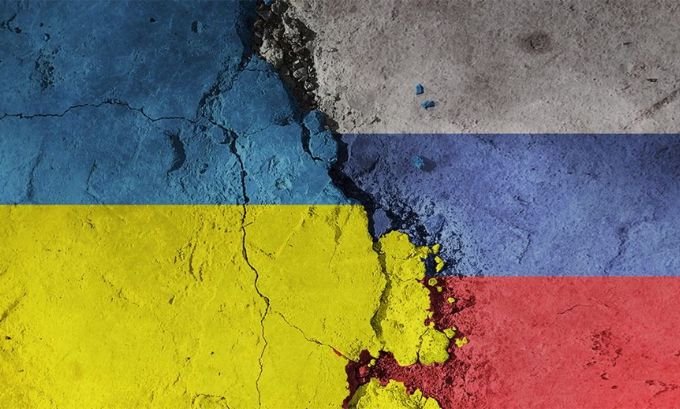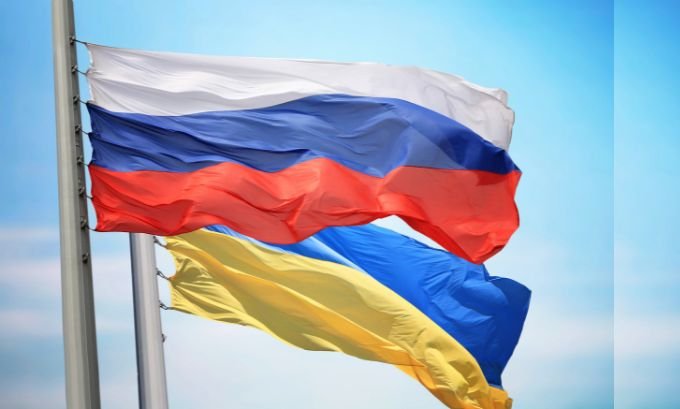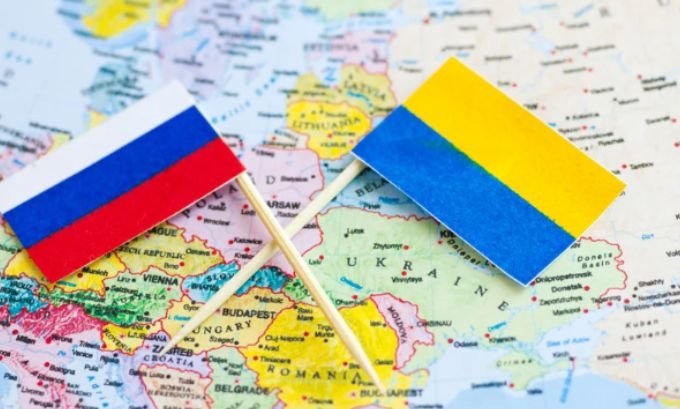On February 24, 2022, Russia launched a full-scale invasion of Ukraine, sparking the largest conflict in Europe since World War II. In justifying the attack, President Vladimir Putin pointed to one primary grievance: the eastward expansion of the North Atlantic Treaty Organization (NATO). He framed the invasion as a necessary pre-emptive strike to protect Russia from a hostile military alliance creeping toward its borders.
This narrative has become a central point of contention in understanding the war’s origins. Was Russia genuinely responding to a security threat posed by NATO, or was the alliance’s expansion merely a convenient pretext for a long-planned act of aggression? Unpacking this question requires a look at historical context, competing perspectives, and the complex web of factors that led to the conflict. This post will explore the arguments from all sides to provide a clearer picture of what truly motivated the invasion.
A Legacy of Mistrust: NATO and Russia After the Cold War
To understand Russia’s perspective, we must go back to the end of the Cold War. NATO was formed in 1949 as a collective defense alliance with a clear purpose: to counter the military power of the Soviet Union. When the USSR dissolved in 1991, many in Russia hoped for a new era of cooperation with the West.
However, in the years that followed, NATO began to expand eastward, admitting former Warsaw Pact countries like Poland, Hungary, and the Czech Republic in 1999, followed by the Baltic states—Estonia, Latvia, and Lithuania—in 2004. From Moscow’s viewpoint, this expansion was a betrayal. Russian leaders felt the West was taking advantage of their post-Soviet weakness to encircle them with a military alliance originally designed to be their adversary.
Ukraine, sharing a long border with Russia, began pursuing closer ties with the West in the early 2000s. Its desire to eventually join both the European Union and NATO was seen in Moscow as the ultimate red line.

Russia’s Stated Justification
Russia’s official argument hinges on the idea of NATO as a direct security threat. The Kremlin has repeatedly made several key claims:
- Broken Promises: Russian officials allege that Western leaders, including U.S. Secretary of State James Baker, made verbal promises in the 1990s that NATO would not expand “one inch eastward.” While these discussions did occur, Western nations maintain that no formal, binding treaty was ever signed to this effect. The historical record remains contentious, but Russia views any expansion as a violation of the spirit of post-Cold War agreements.
- Military Encroachment: The prospect of Ukraine joining NATO was portrayed as an existential threat. This would mean Western troops, advanced weaponry, and military infrastructure could be stationed directly on Russia’s border, drastically reducing the strategic buffer it has historically maintained.
- A “Pre-emptive Strike”: Based on these fears, Putin described the invasion not as an act of aggression but as a defensive, “pre-emptive strike.” The goal, he claimed, was to neutralize the threat before Ukraine could become a de facto NATO outpost.
The Counterargument from Ukraine and the West
While Russia’s security concerns are a part of the story, most Western and Ukrainian analysts argue they were not the primary driver of the invasion. They point to several critical facts that undermine Russia’s justification:
- Ukraine Was Not Close to Joining NATO: In 2022, Ukraine was not a member of NATO, nor was it on the verge of joining. While it had expressed aspirations for membership since 2008, the path was long and uncertain. Many key NATO members were hesitant to grant membership, precisely because they feared provoking Russia. There was no imminent plan to bring Ukraine into the alliance.
- NATO is a Defensive Alliance: Article 5 of the NATO treaty mandates collective defense, meaning an attack on one member is considered an attack on all. The alliance’s purpose is defensive, not offensive. Its members argue that NATO does not seek to attack Russia and that its expansion was a response to the sovereign desires of Eastern European nations to secure their independence from potential Russian aggression.
- A Pretext for Imperial Ambitions: Many experts believe NATO expansion was simply a convenient excuse. The deeper motivations, they argue, lie in Russia’s long-standing refusal to accept Ukraine as a truly sovereign nation.
What Were the Other Reasons for the Invasion?
If NATO wasn’t the primary cause, what other factors motivated Russia’s decision? A combination of geopolitical, historical, and domestic drivers likely played a much larger role.
- Imperialism and Control Over Ukraine: President Putin has openly questioned Ukraine’s legitimacy as a state, often describing Ukrainians and Russians as “one people.” This view suggests the invasion was driven by a desire to restore what he sees as Russia’s historical “sphere of influence” and pull Ukraine back into Moscow’s orbit.
- Preventing a Western-Leaning Democracy: A successful, democratic, and prosperous Ukraine aligned with the West presents a threatening alternative to Putin’s autocratic model. A thriving Ukraine could inspire similar democratic movements within Russia, challenging his grip on power.
- Securing Crimea and the Black Sea: After annexing Crimea in 2014, securing land access and control over the Black Sea became a strategic priority. The invasion can be seen as an effort to solidify these gains and ensure long-term dominance in the region.
- Domestic Politics: Launching a “special military operation” served to rally the Russian population around the flag, stoking nationalism and distracting from domestic problems. It reinforced Putin’s image as a strong leader defending Russia against external enemies.

The Irony of the Outcome
By framing the invasion as a response to NATO, Russia sought to justify its actions to its own people and create divisions within the West. However, the move has backfired spectacularly. Instead of weakening NATO, the invasion has reinvigorated the alliance. Fearing Russian aggression, historically neutral countries Finland and Sweden quickly moved to join, effectively doubling the length of NATO’s border with Russia. The alliance has also significantly increased its military presence in Eastern Europe, creating the very outcome Russia claimed it wanted to prevent.
Unpacking Russia’s True Motivations
While Russia’s grievances about NATO expansion are real and have festered for decades, the evidence strongly suggests they were a pretext, not the primary cause of the 2022 invasion. The war appears to be the result of a deeper, more complex set of ambitions rooted in power, history, and a desire to control Ukraine’s destiny.
The invasion was less about preventing a future threat from NATO and more about extinguishing Ukraine’s present reality as a sovereign, Western-oriented state. Understanding this distinction is crucial for navigating the future of European security and holding Russia accountable for its actions.
Frequently Asked Questions
Q1: Did NATO expansion cause Russia’s invasion of Ukraine?
No. While Russia used it as a primary justification, most evidence suggests it was a pretext. Ukraine was not a NATO member and was not close to joining when the invasion occurred.
Q2: Did NATO ever promise not to expand eastward?
There is no formal, written treaty promising that NATO would not expand. While discussions on the matter took place in the 1990s, Western nations deny that any binding promises were made. Russia, however, views the expansion as a violation of the spirit of those discussions.
Q3: Was Ukraine about to join NATO in 2022?
No. Ukraine had constitutional aspirations to join, but the process was long and uncertain, with no clear timeline for membership. Many NATO members were reluctant to admit Ukraine due to the potential for conflict with Russia.
Q4: Why does Russia fear NATO?
Moscow views NATO as a U.S.-led military bloc that threatens its security and undermines its influence in Eastern Europe. It sees the alliance’s presence near its borders as a direct challenge to its strategic interests.
Q5: What was the real reason for the invasion?
Most analysts believe the invasion was driven by a combination of factors, including preventing Ukraine’s integration with the West, reasserting Russian imperial control, securing the 2014 annexation of Crimea, and strengthening Putin’s domestic political standing.
Q6: Did the invasion backfire on Russia in terms of NATO?
Yes. Instead of weakening NATO, the invasion prompted Finland and Sweden to join the alliance, significantly expanding NATO’s border with Russia and strengthening its resolve.


